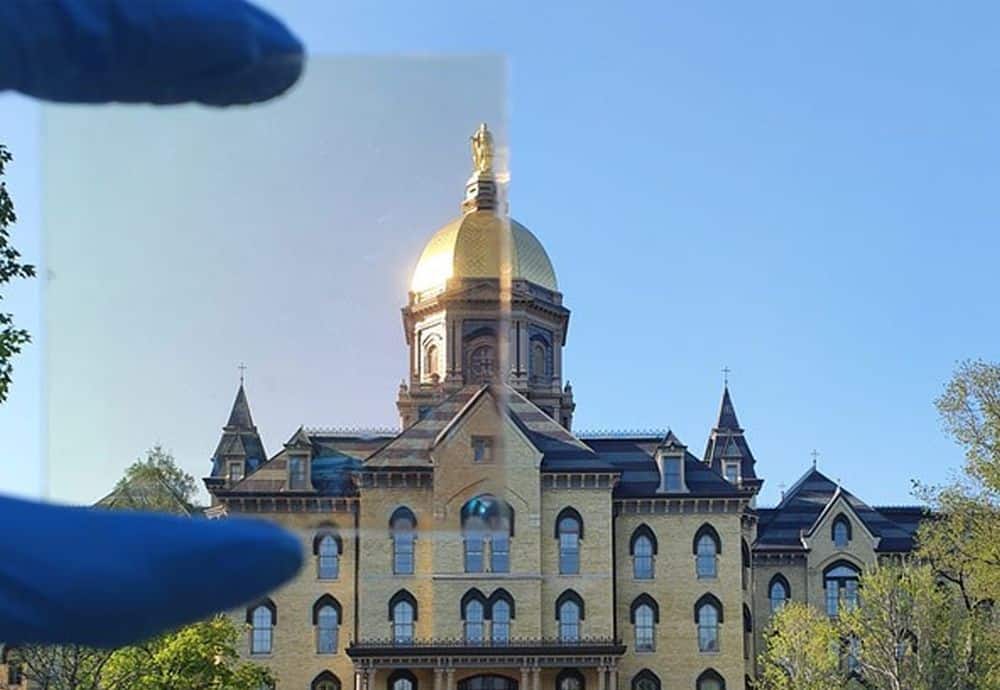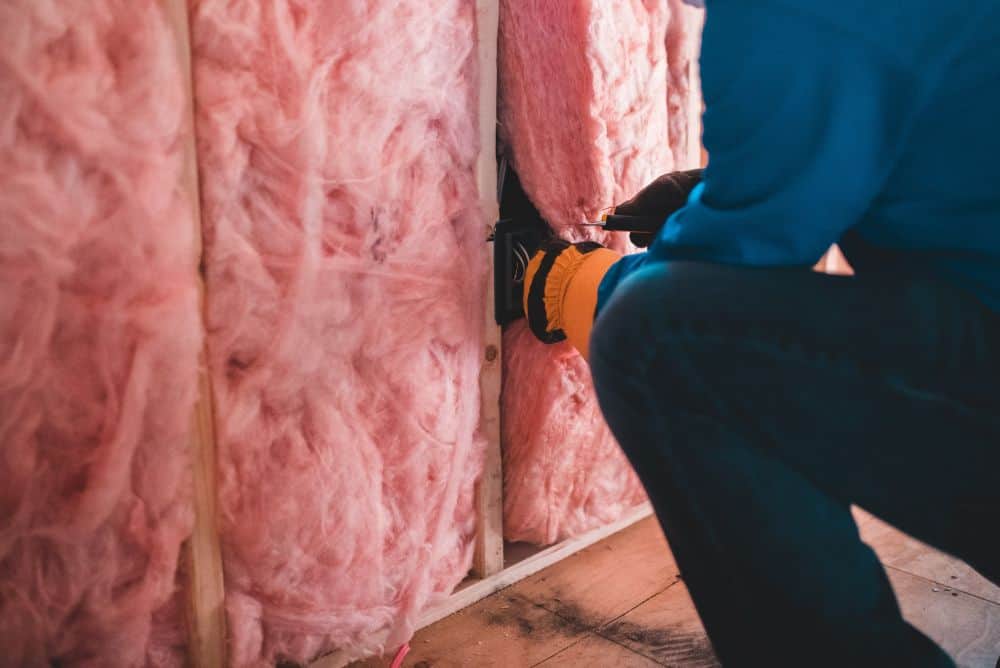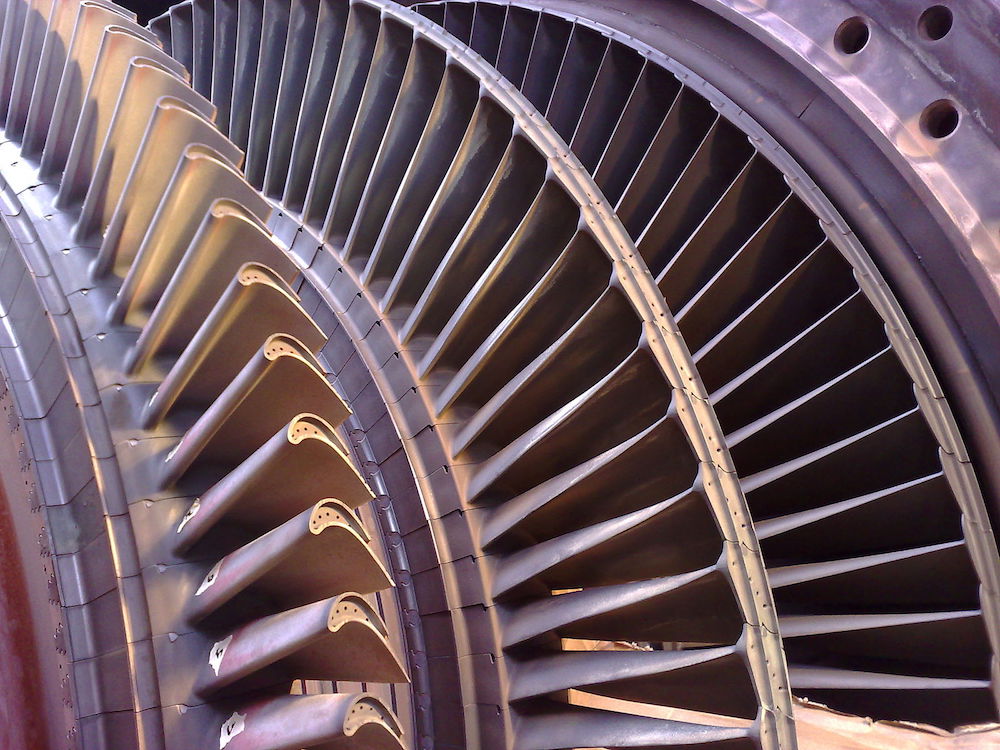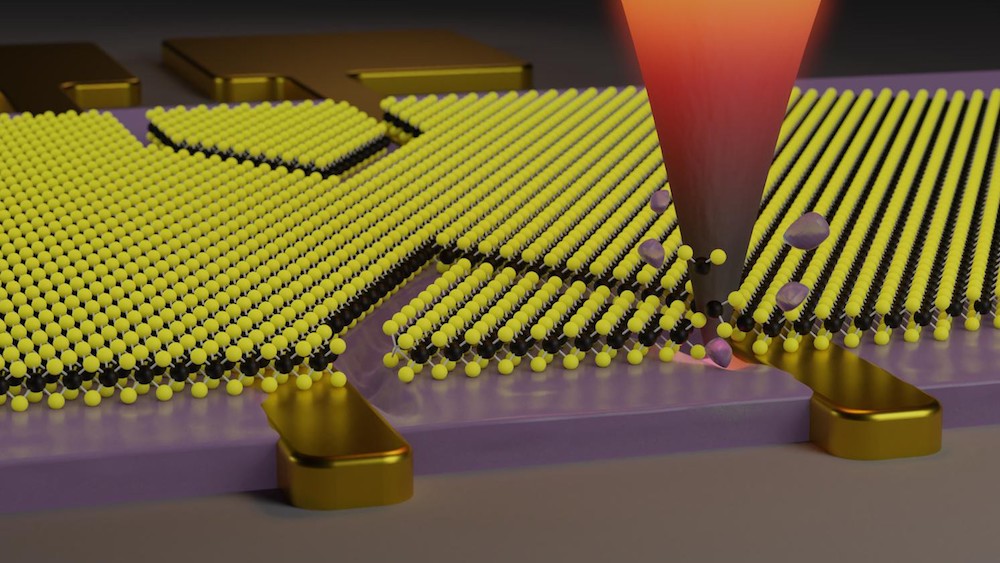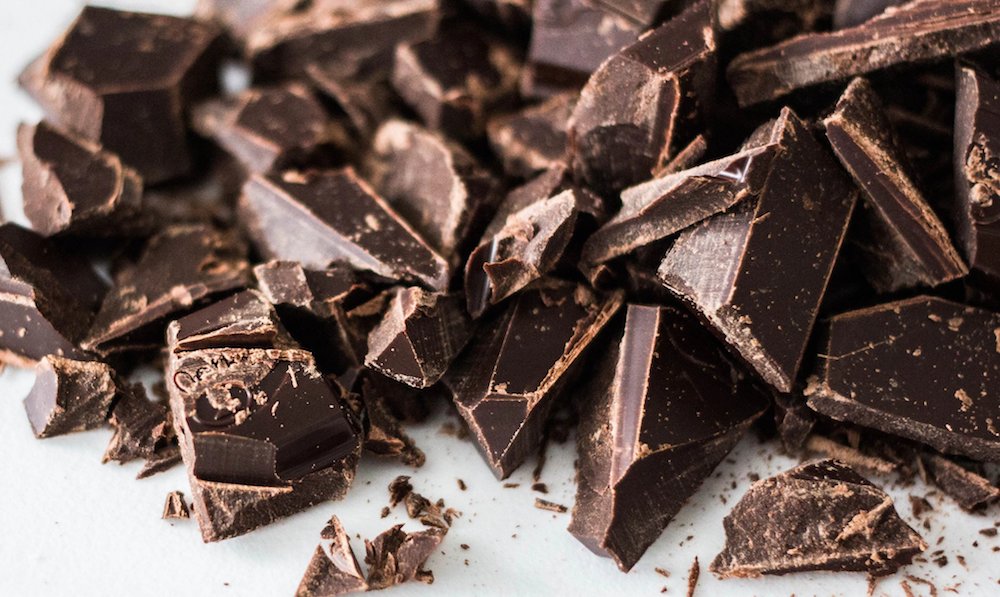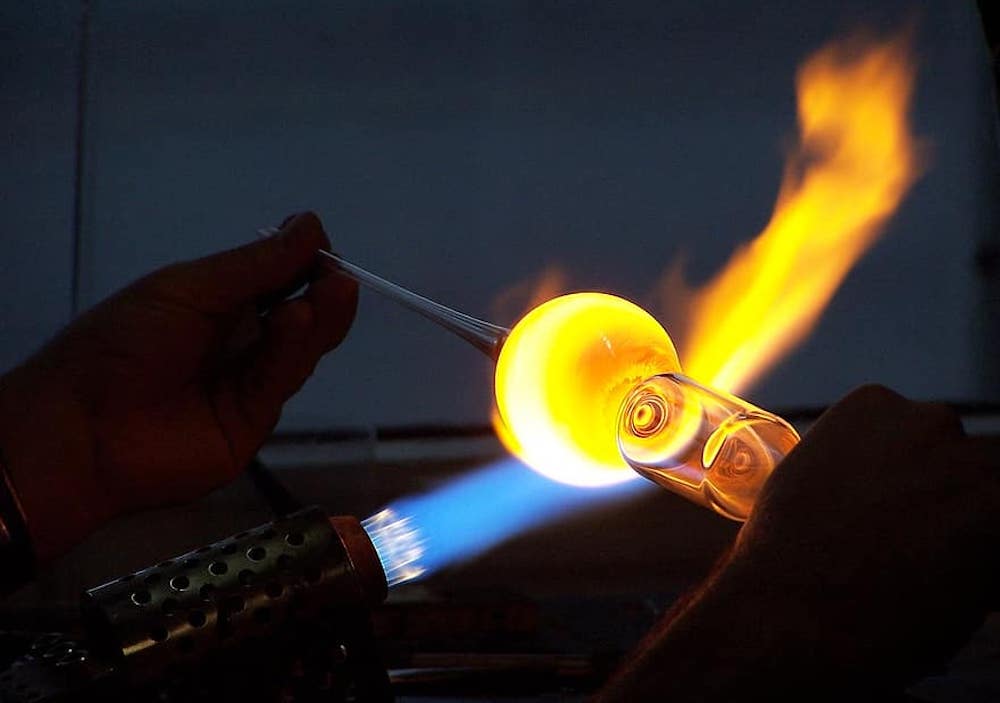Passive radiative cooling systems typically are implemented by applying special coatings to the walls or roof of a building. But windows play a significant role in heat transfer too. University of Notre Dame researchers used a quantum computing-assisted active learning scheme to develop a new high-performance transparent radiative cooling coating for windows.
Read MoreHollow silica particles exhibit lower thermal conductivities than current common thermal insulation materials, while also being easier and cheaper to fabricate than state-of-the-art insulating aerogels. Two recent studies demonstrate the work being done to develop stable and scalable hollow silica particle-based composites for next-generation thermal insulation systems.
Read MoreIn concentrated solar power systems, higher operating temperature leads to greater efficiency—if the thermal energy is properly managed. Heat exchangers are one option for thermal management, and researchers in Switzerland and Italy explored designing ceramic lattice structures for use in such devices.
Read MoreThe expanded range of motion available to stretchable electronics makes it difficult to maintain stable thermal conductance under large deformation. Two researchers from China describe several aspects of thermal management strategies that must be considered and offer several possible solutions that are worth further investigation.
Read MoreThough gas ovens are considered more energy efficient than electric ovens, they still face challenges with dissipation of heat into the environment. Porous volumetric ceramic burners are a combustion technology that may improve heat transfer in gas ovens, and researchers in Germany investigated the technology’s heat transfer mechanisms to better illuminate its potential.
Read MoreCommon lithographic techniques used to etch patterns onto a surface run into difficulties when cutting 2D materials. Researchers at École Polytechnique Fédérale de Lausanne developed a thermal scanning probe lithography method that can cut the smallest reported feature for a direct cutting method to date.
Read MoreThermal energy storage technologies are one way to store energy generated from renewable sources. But producing materials that can contain the high-temperature and corrosive materials integral to this technology is an ongoing area of research. Two recent ACerS journal articles explore methods of fabricating C/C-SiC CMCs for use as container materials.
Read MoreAlthough chocolate is a simple pleasure for many people around the world, the science behind chocolate as a food and as a material is deliciously complex. Now an industrial designer has re-engineered the chocolate chip to maximize taste and texture, giving it optimal surface area with angular features.
Read MoreDetermining viscosity of a glass through experiment is a slow and expensive process. In two recent papers published in JACerS, Penn State professor John Mauro and his colleagues show how it can be predicted much easier by using dilatometry and DSC to calculate parameters for a glass viscosity model that was proposed in 2009.
Read More
